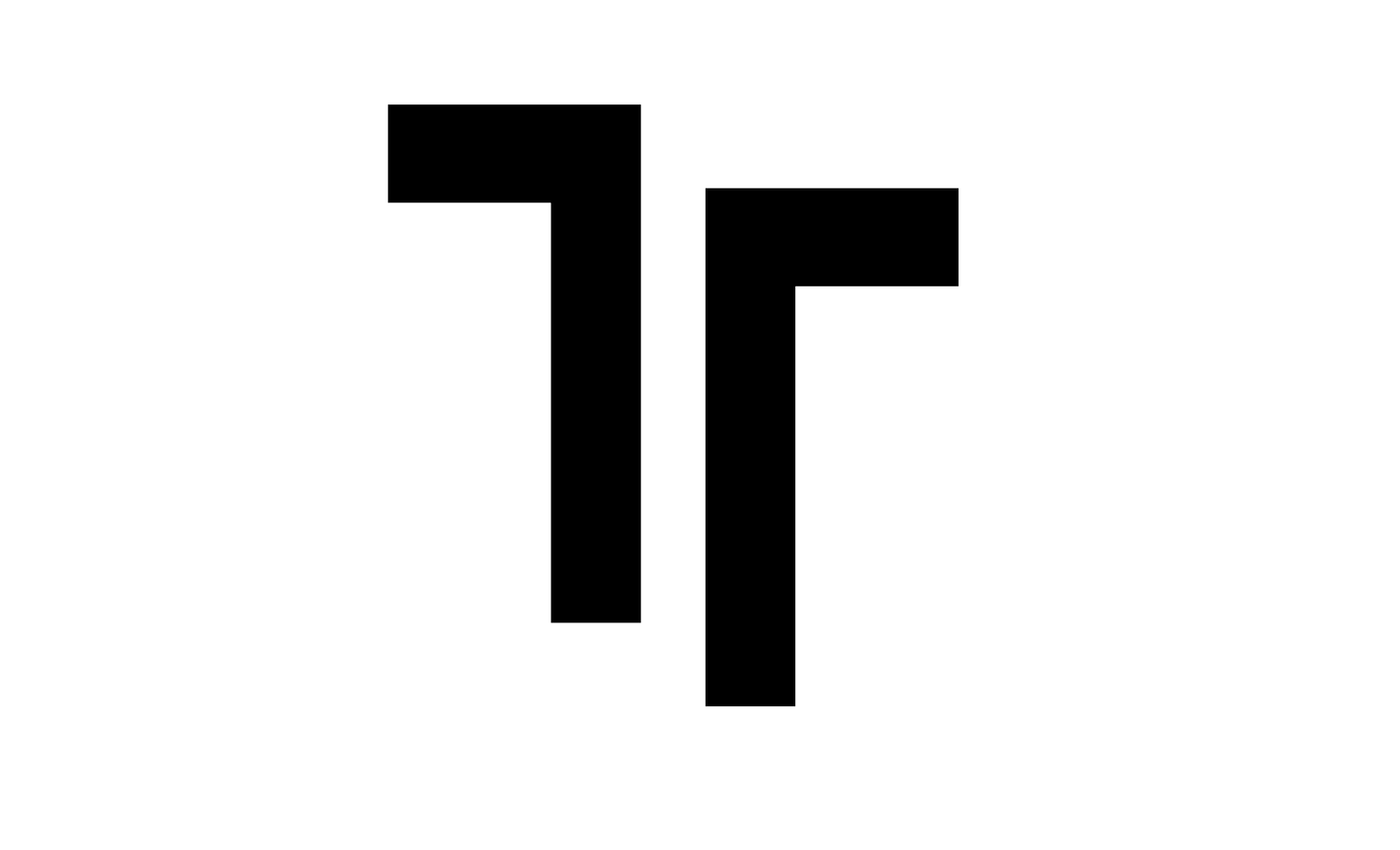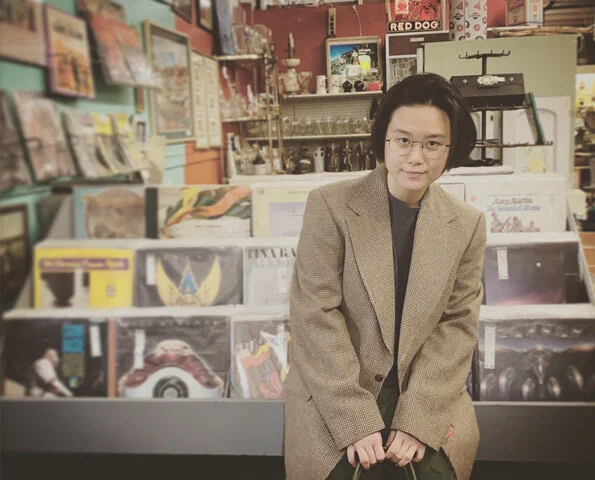
Filipino Lighting Designer Cha See, sheds light on the plight of immigrant artists with the help of SEE Lighting Foundation.
An interview by Russell Legaspi, Aug 4, 2020
Cha See, Founder of SEE Lighting Foundation
Theatre Artists local and abroad have faced numerous challenges. From balancing day jobs with several projects to juggling mental health and self-care in this overflowing data-driven world. Productivity was rising, engagements were trending and hustling was at its peak, a paradise in broad daylight; but what loomed on the horizon cast a shadow on the majority.
Get to know Cha See and how she and her fellow artists, light a path for the ones in the dark through See Lighting Foundation.
Can you introduce yourself and where are you right now in the endeavor you are pursuing?
My name is Cha and my last name is See. I am Cha See, a freelance lighting designer for stage and environmental installations. I am from Manila, Philippines (born and raised) and I currently live in Brooklyn, New York
As a lighting designer, what do you look for in a project?
As a lighting designer I look for stories that have a sense of urgency or forms of activism. A story that is universal and that could be told with any diverse spectators.
Was there a moment in your life that made you decide, “I want to be a lighting designer”?
When I was in college, I started being an actor. The director of our drama club told me that I was not a good enough actor and he presented me an opportunity to light “Once on This Island”. I said yes, not knowing what I was signing up for. I fell in love with it instantaneously. The experience was like learning a language you have no idea exists, and later find yourself speaking it and loving it.
Most challenging project you’ve been part of?
Every project that I have been part of presents a different challenge. But one of the most challenging projects is WHAT TO SEND UP WHEN IT GOES DOWN by Aleshea Harris and directed by Whitney White. The story is non linear and it presented new ways of thinking how to tell a story in the most stylized way.
Most fun project?
The project that is the most challenging is almost the most fun, WHAT TO SEND UP WHEN IT GOES DOWN. It was a “family” experience. We were in it through the ups and the downs of the storytelling.
Any fun fact about you?
I snore like a dolphin.
I understand that you have a foundation; can you tell us more about this?
The See Lighting Foundation helps 60 theatre artists who are under O1 or OPT visas including myself during this pandemic. We give $500 to each artist on a monthly basis.
What made you pursue this advocacy?
The lack of resources for immigrant artists at this time of crisis. I needed to do something so I can pay rent and buy food. The same goes for the rest of us in See Lighting Foundation. I cannot wait anymore, I needed to do something and I think that was the start.
What do you hope to accomplish with the foundation?
We are still raising funds at the moment. We hope to cover five more months of monthly donations to all artists. As of right now we are only covered for the month of August. My hope and dream is to cover the next five months, this way I can assure everyone in the list that they will surely receive monthly financial aid.
Any challenges facing your foundation?
Yes, I was not trained to raise money nor my partners Kimie Nishikawa (set designer) and Rodrigo Muñoz (costume designer). We are doing this slowly and surely because we really do not know what we are doing!
Another challenge is talking to rich and powerful people. So many have ignored us and shut their doors on us. This is challenging because we are not a non-profit and not 501(c3), hence big donors are not interested. Although some big donors are on the way with more donations, but in all honesty this is not enough.
Where do you see the foundation going?
I see it moving forward by having more people in the list. As of right now we can only help 60 people and we have people who are in the waitlist. My dream is to help 100 immigrant theatre artists until the theatre doors re-open again.
How has the pandemic affected you and your endeavors?
It has affected me mentally and emotionally. All my shows were cancelled until mid 2021. It affected me in a way that I lost my sense of purpose. My whole life here I designed it in such a way that I live for being a lighting designer. And now that this is gone temporarily, I needed another sense of purpose on why I am living. I needed to wake up and get excited for my day. I am glad I founded See Lighting Foundation. But it also meant that like everyone else I have hit another rock bottom.
What do you do when you are not doing theatre?
I serve at our local café in Brooklyn (under the table) and I am busy doing all the finances for See Lighting Foundation.
I enjoy being with my dog Duncan and my partner Sarah, we love going to parks and being goofy.
As a final shoutout how would you invite people to your foundation?
We need help more than ever. Stop being an ally level it up by being an accomplice.
I say this with urgency. I encourage everyone for their active participation helping us who are in need.
The stage will light up soon and it starts with every one playing their part, and Cha is one of many, stretching her hand to help artists walk through the heavy clouds of uncertainty.
If you would like to donate:
https://www.seelightingfoundation.com
If you want to know more about the See Lighting Foundation, or you have an idea, a proposal, or a path to help the foundation:
https://www.seelightingfoundation.com
Cha’s Instagram: instagram.com/seelightingfoundation


